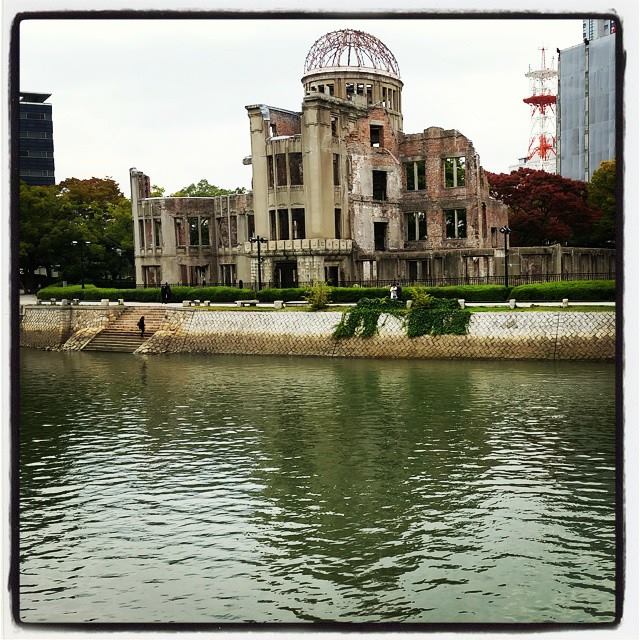


 I missed this NPR report a couple of weeks ago, about the impact of the character Long Duk Dong from the 1980s hit movie, "16 Candles." I had heard a promo for the report while driving but got home before it came on.
I finally went back to check it out and it's worth hearing.
The link to the report is at the top of the page; the text on the page is the report's transcript. Be sure to check out the extra interview clip with Gedde Watanabe, the Japanese American actor who played "the Donger" -- he doesn't really have a clue, unfortunately. And check out the comic that's included, "Donger and Me."
I missed this NPR report a couple of weeks ago, about the impact of the character Long Duk Dong from the 1980s hit movie, "16 Candles." I had heard a promo for the report while driving but got home before it came on.
I finally went back to check it out and it's worth hearing.
The link to the report is at the top of the page; the text on the page is the report's transcript. Be sure to check out the extra interview clip with Gedde Watanabe, the Japanese American actor who played "the Donger" -- he doesn't really have a clue, unfortunately. And check out the comic that's included, "Donger and Me."
As a card-carrying baby boomer (I guess officially, with my AARP membership!), I was 10 when most of 1968 happened. It was a pivotal year, no doubt -- though in my consciousness, '69 left a deeper impact. AARP magazine does a fine job of using the Web as a story-telling device to revisit the year. This online special section kicks...
I was having problems with my Nikkeiview "theme" template, so I tested out some new WordPress looks. I like this theme, called "Cutline." What do you think? I'll leave it up for a while, and who knows, after some customizing, I may keep it. I'll need to swap out the photo images with my own images, though. Gil...


This website uses cookies to improve your experience. We\'ll assume you\'re ok with this, but you can opt-out if you wish. Read More


